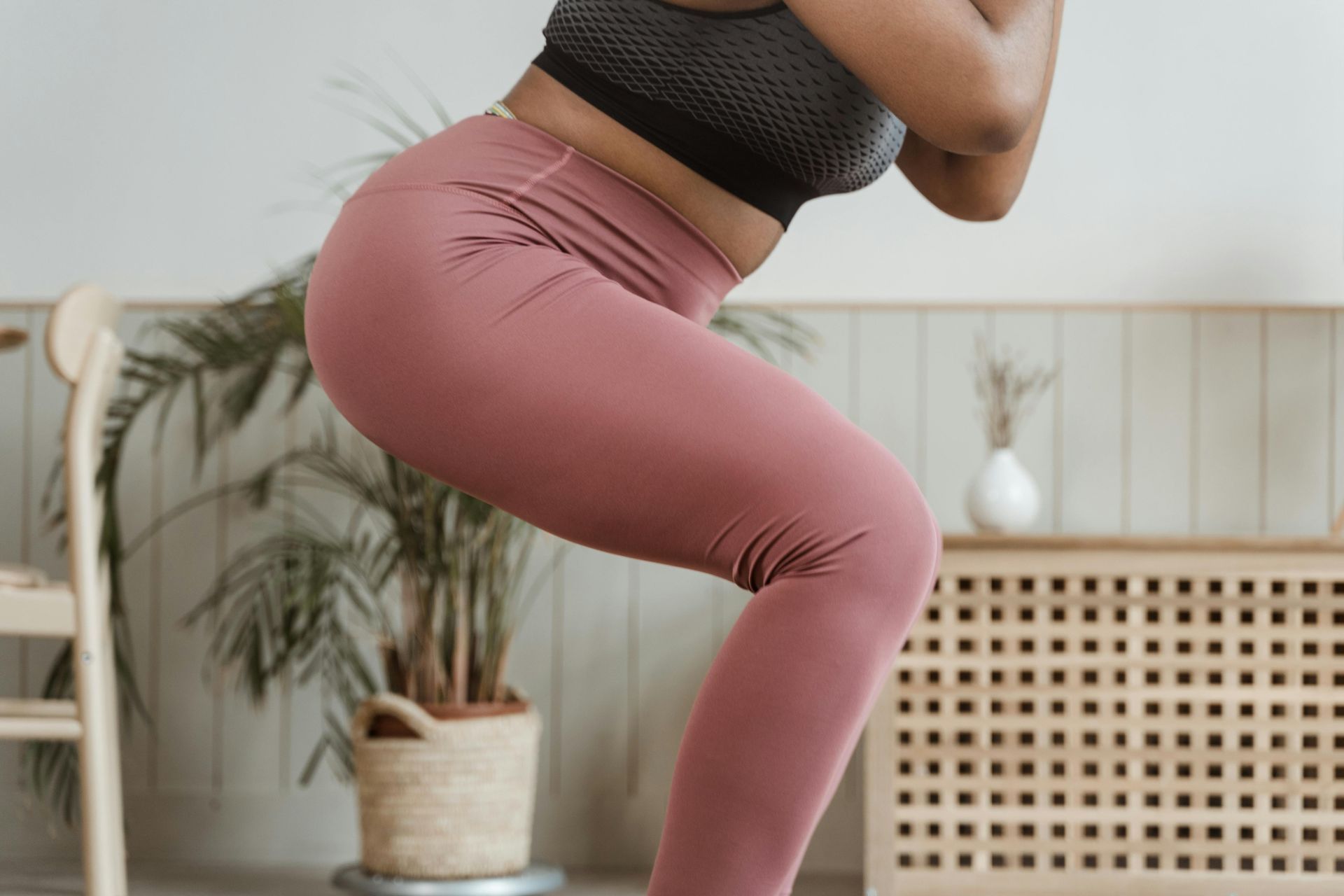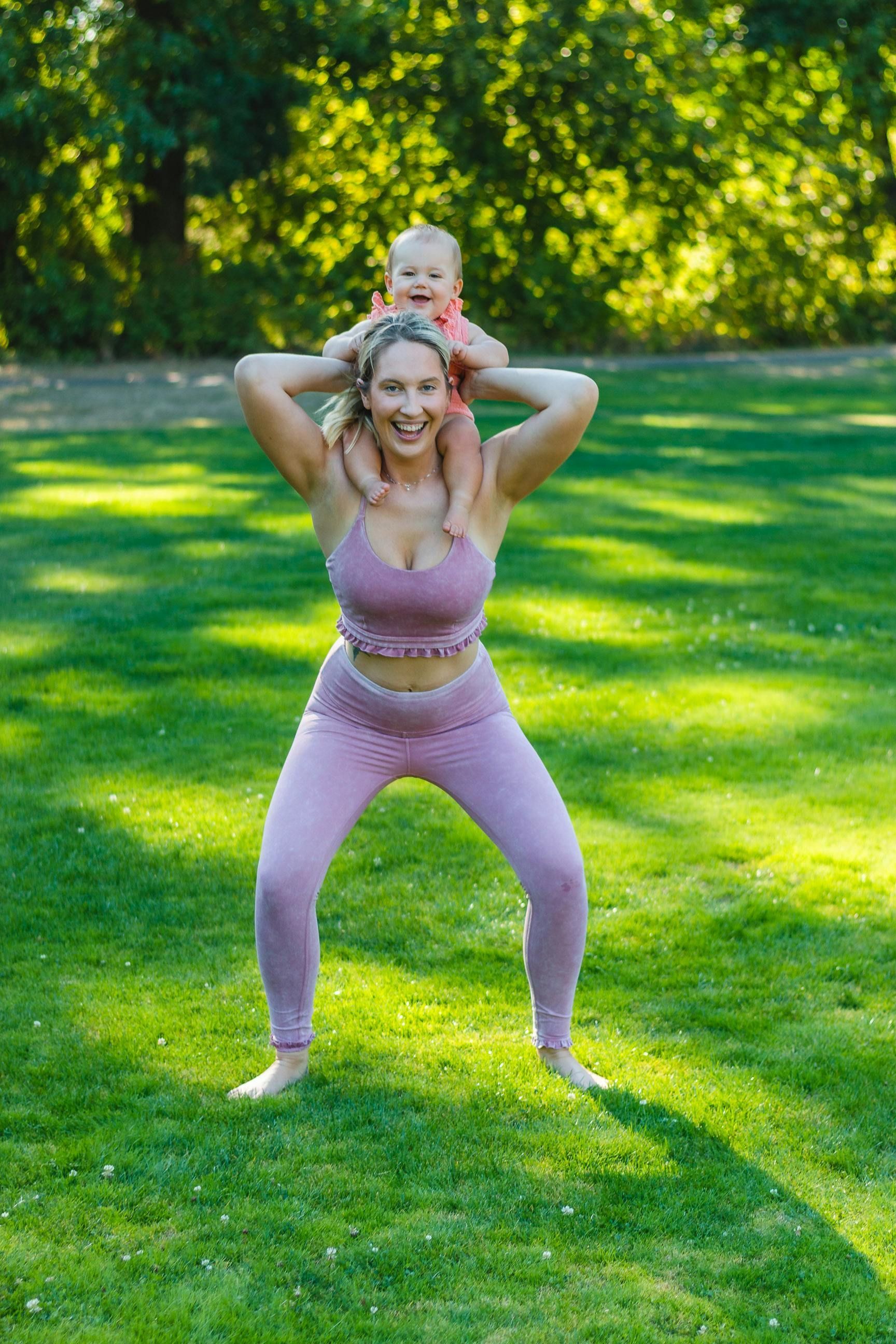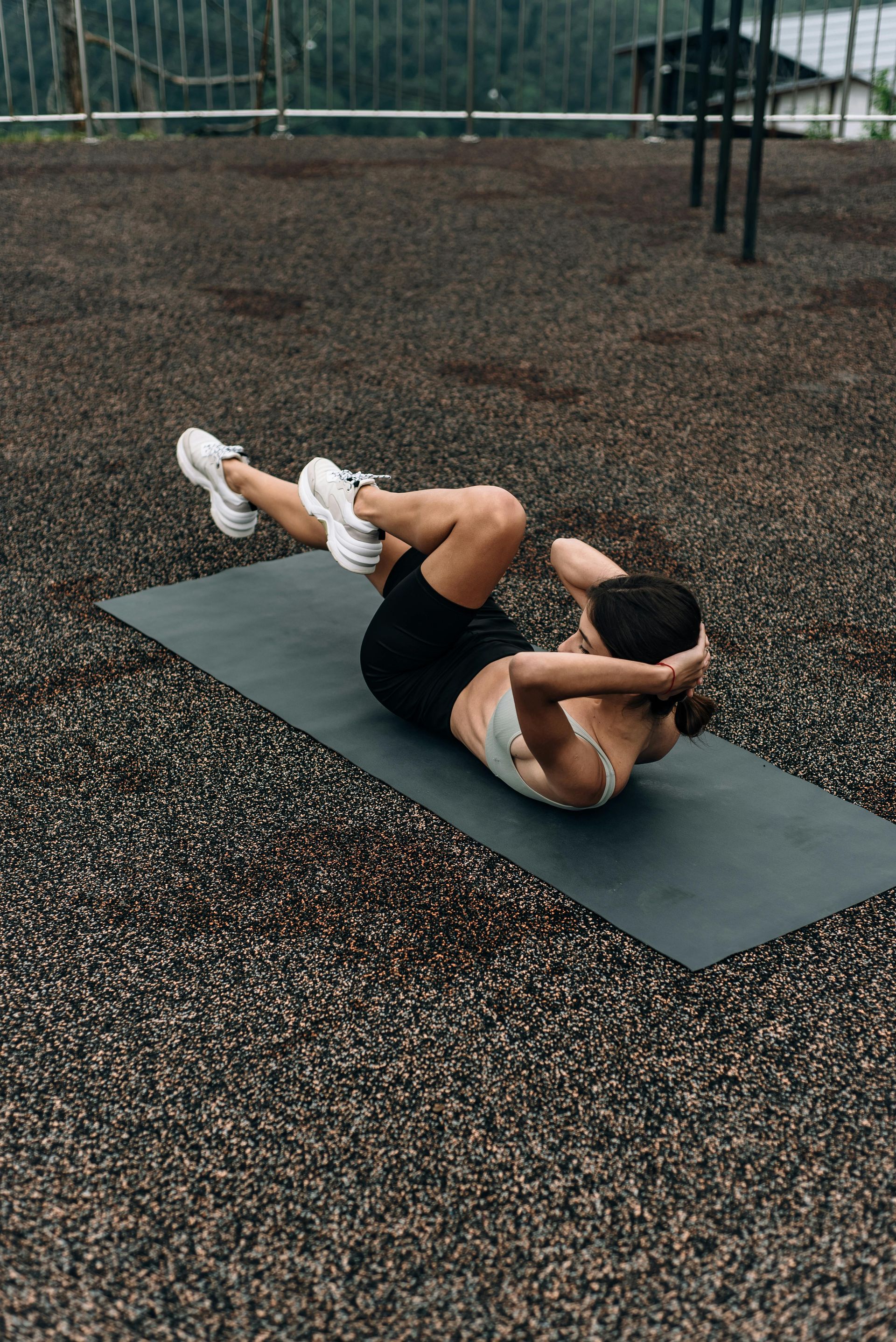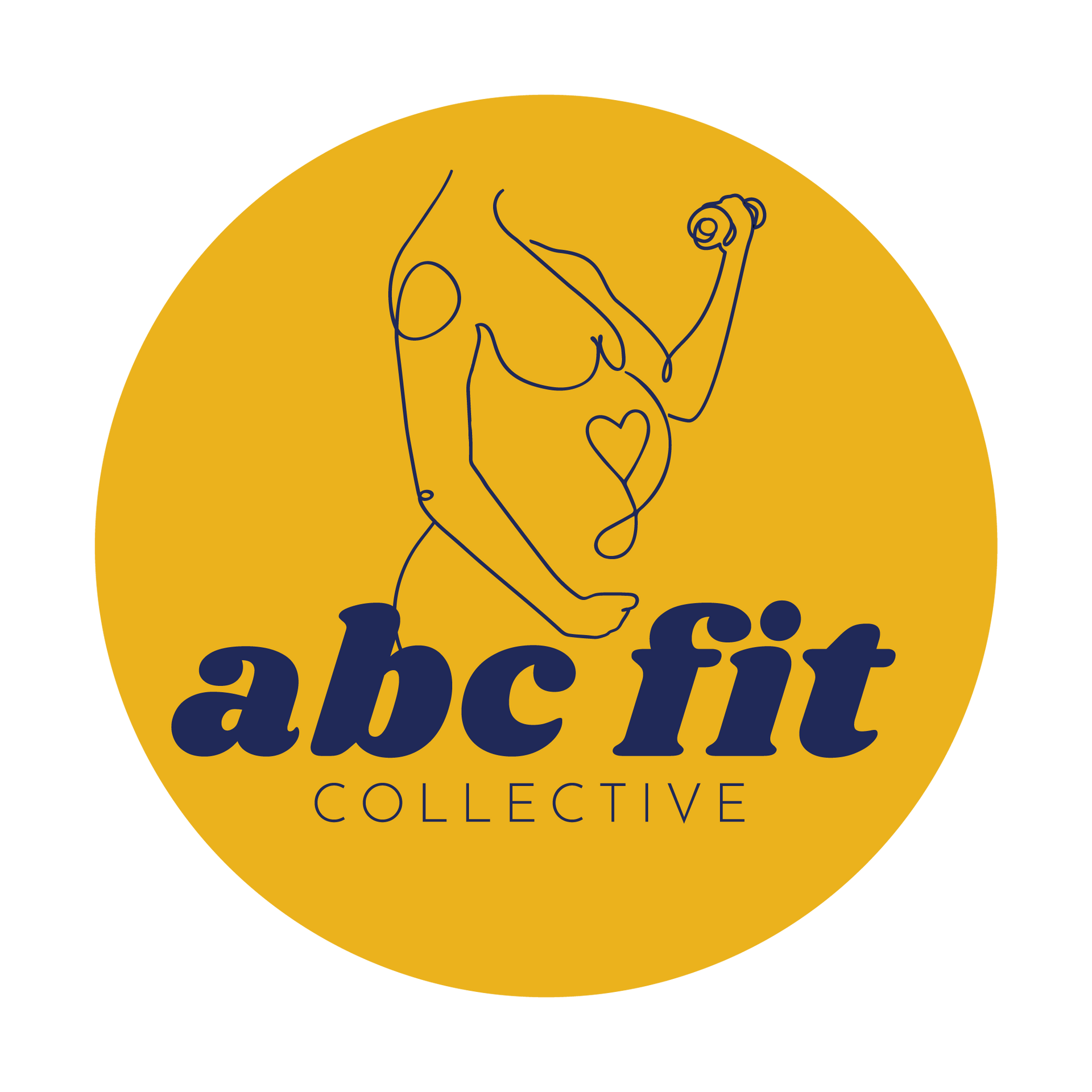What is Diastasis Recti? Abdominal separation huh?
Hey Mama, let’s get real for a second. You know that strong core you had pre-pregnancy? The one that made you feel unstoppable? Yeah, that one.
After having your baby, you might’ve noticed that your belly isn’t quite the same. Maybe you’ve got a little “pooch” you can’t shake, or your lower back is feeling more sore than usual. You’re not alone, and guess what? Diastasis Recti might be the reason why.
Let’s dive in and break down what Diastasis Recti (DR) is all about, why it happens, and what you can do to fix it so you can feel strong and confident again. Spoiler: it’s totally fixable!
What is Diastasis Recti?
Diastasis Recti is when the rectus abdominis muscles—aka your “six-pack”—separate, creating a gap in your abdominal wall. This happens during pregnancy as your body makes room for your growing baby. But, here’s the kicker—this separation can stick around postpartum, which means your core may not feel as strong or supportive as it used to.
Imagine a thinning of the linea alba (the connective tissue that holds those abs together). The result? A soft, sometimes “puffy” belly, and a core that feels a little… well, weak.
Here’s the deal: Up to 60% of women experience DR during or after pregnancy, but it’s not just a “mom thing.” Men can also suffer from it, especially if their abdominal muscles aren’t balanced. So, it’s not just about looking pregnant—it’s about feeling supported in your core again.
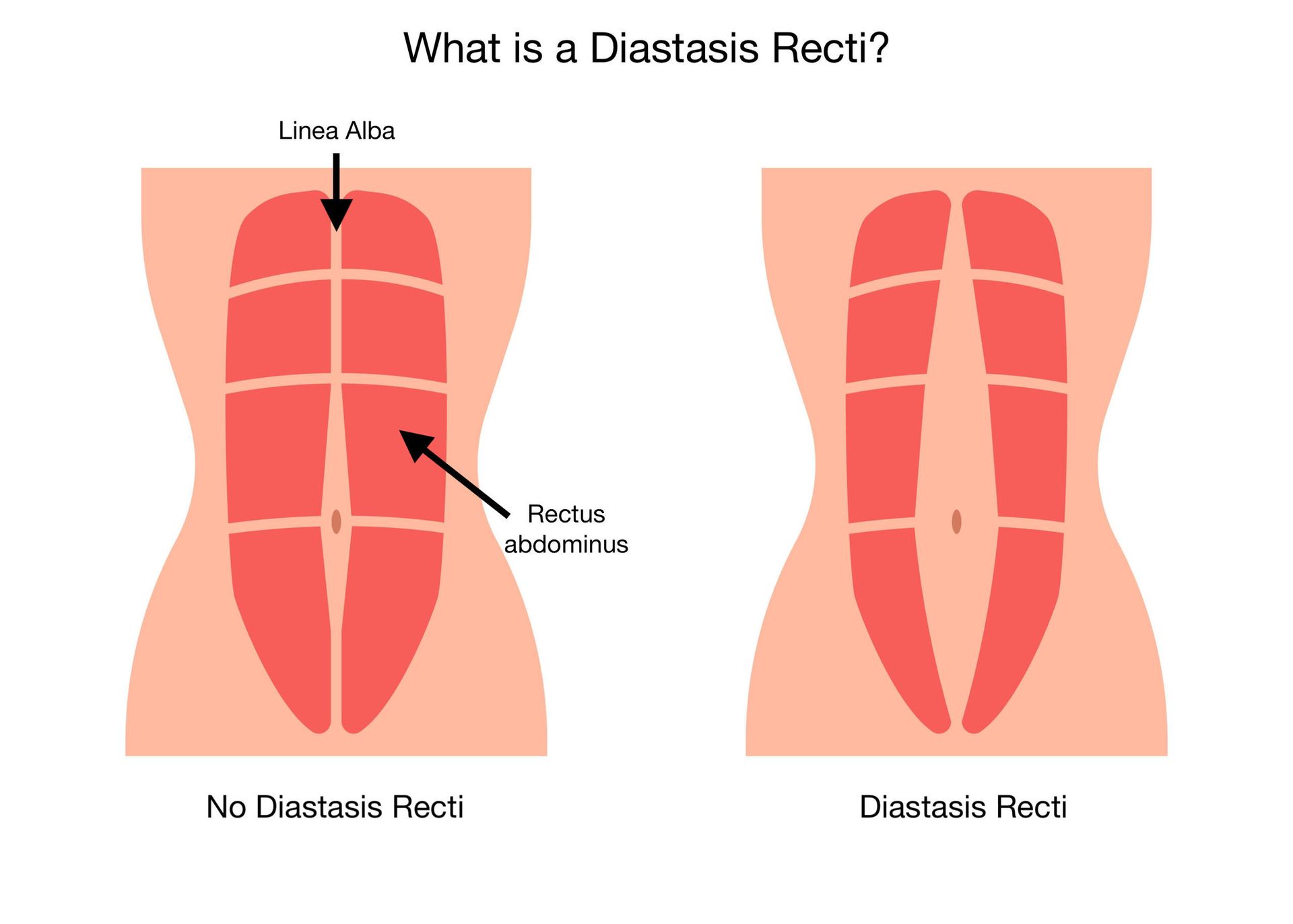
Why Does Diastasis Recti Happen?
Diastasis Recti is pretty common during pregnancy. As your baby grows, your belly needs to stretch, and that can put pressure on the abdominal muscles, causing them to separate. Think of it like the muscles are making room for the baby to grow! But after childbirth, sometimes those muscles don’t completely return to their original position, leaving a gap that can make your belly feel a little more… well, wobbly.
After pregnancy, hormonal changes and the strain of carrying a baby can also weaken the core muscles, contributing to Diastasis Recti.
What Will You Experience if You Have Diastasis Recti?
It’s not always obvious, but if you’ve got Diastasis Recti, you might notice a few things:
Weak Core:
Feeling a little more floppy than usual, especially when you try to engage your abs? It might feel like your core just isn’t as strong as it once was.
Back Pain
Since your core is weak, your lower back might take on more strain, leading to discomfort.
Belly Pooch
Even if you’re months or years postpartum, you may notice your belly sticking out more than you’d like. That’s the abdominal separation causing your belly to protrude.
Pelvic Floor Issues
New Paragraph
Many moms with Diastasis Recti experience pelvic floor challenges, such as leaking (whether it’s from coughing, sneezing, or jumping) or pain during sex. Ugh! Not exactly how you imagined life after a baby, right?
It’s totally okay, mama. You’re not alone in this. And guess what? Fixing Diastasis Recti is 100% possible with the right movements, care, and support.
How to Test for Diastasis Recti Postpartum
You may be wondering, “Okay, but how do I know if I have DR?” It’s actually really easy to check for yourself, and you don’t need any fancy tools—just your hands!
Here’s a simple guide to self-check for Diastasis Recti postpartum:
- Lie down on your back, knees bent, feet flat on the floor. Be careful not to sit up too quickly to avoid straining your pelvic floor.
- Lift your head and shoulders off the floor slightly, like you’re doinga crunch (but don’t go all the way up).
- Palpate your belly: Place your fingers (two at a time) above and below your belly button. Move along the midline of your stomach and gently press down to feel for a gap.
- Check for the gap: If you feel a space that’s wider than two finger widths, or if your muscles feel like they’re bulging out when you lift your head, you might have Diastasis Recti.
Feeling unsure? Don’t worry! Watch the video below for a step-by-step guide on how to check yourself properly!
What Can You Do About Diastasis Recti?
The great news is that you can absolutely heal Diastasis Recti with the right exercises and support. Strengthening your core (with a focus on Alignment, Breath, and Core work) is key to closing the gap and rebuilding strength.
But here’s the thing: Doing the wrong exercises (like traditional crunches) can make things worse, so it’s super important to work with a certified pre and postnatal fitness coach who knows exactly what to do.
At ABC Fit, we specialize in safe and effective workouts for new and expecting moms. Our goal? To get you feeling strong, empowered, and aligned as you heal from the inside out.
The Bottom Line: You’ve Got This, Mama!
If you’ve got Diastasis Recti, know that you’re not broken, and this isn’t something that will last forever. With the right approach, you can close that gap, build your strength back, and feel confident in your body again.
Remember, Alignment, Breath, and Core are the foundations of our approach at ABC Fit, and we’re here to help you every step of the way. Whether you need virtual 1:1 sessions to guide you through your recovery or just some friendly advice, we’ve got you.
Don’t let Diastasis Recti hold you back. Take that first step toward rebuilding your core strength today, and let’s make motherhood feel even more amazing—strong, confident, and empowered.
Key Takeaways:
- Diastasis Recti is a common condition for many women during pregnancy and postpartum.
- Symptoms can include weak core, back pain, belly protrusion, and pelvic floor issues.
- You can self-check for diastasis recti with a simple test at home.
- Healing diastasis recti is totally possible with the right approach, including targeted core exercises and professional guidance.
- ABC Fit specializes in pre and postnatal fitness, focusing on Alignment, Breath, and Core to rebuild strength and confidence.
- Are you ready to start your recovery journey?
Book a session with us today, and let’s get you feeling strong and aligned!
